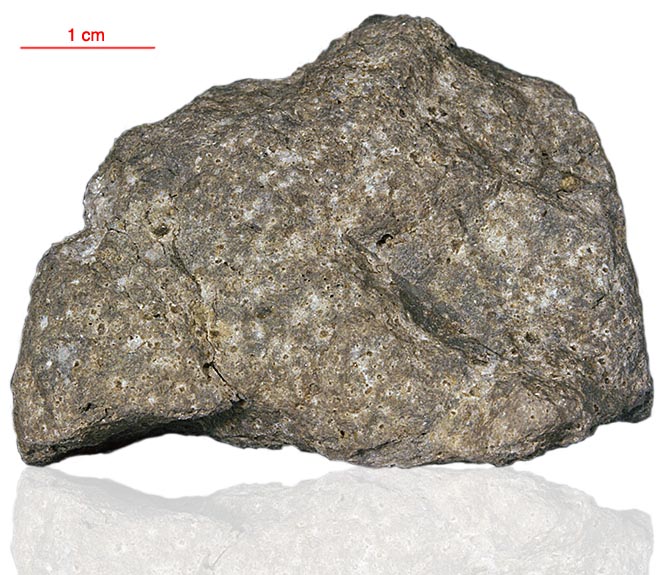
Fact sheet
73218 is a coherent impact melt rock similar to 73216 and 73275 from the same location. The fine-grained matrix has needles of plagioclase feldspar that formed from a melt and confirms this is an impact melt rock. However, before it was a melt it was a breccia, because there are relict small clasts of anorthosite and anorthositic breccia. Rotation 1 shows a remarkable pyroxene clast consisting of a larger pigeonite crystal mantled by augite. Both display fine exsolution and the latter is also twinned. Rotation 2 shows two plagioclase feldspar-rich clasts. Metallic iron, ilmenite and troilite can be seen in reflected light.
The sample weighed 39.7 grams before analysis and has not been dated.
Further details of this and other Apollo samples are here: http://curator.jsc.nasa.gov/lunar/
Apollo 17, the final manned landing mission, had two objectives: to obtain samples of ancient rocks from the lunar highlands and to look for evidence of younger volcanic activity on the valley floor.
This small Collection contains material deriving from both periods, including igneous rocks around 4.3 billion years old from the lunar highlands as well as younger volcanic samples dating from about 3.6 billion years ago.
Apollo 17 was launched on 7 December 1972.






